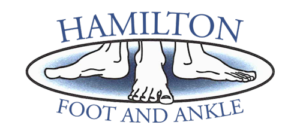Orthotics are shoe inserts that correct an abnormal, or irregular, walking pattern. Generally called arch supports, orthotics allow people to stand, walk, and run more efficiently and comfortably.
Podiatrists sometimes prescribe orthotic devices to correct an abnormal walk, or gait, and often for patients following surgery. Orthotic devices come in many shapes and sizes, and materials and fall into three main categories: those designed to change foot function, are primarily protective in nature, and those that combine functional control and protection.
